| Structure | Name/CAS No. | Articles |
|---|---|---|
 |
sodium chloride
CAS:7647-14-5 |
|
 |
sodium dodecyl sulfate
CAS:151-21-3 |
|
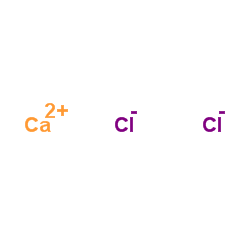 |
Calcium chloride
CAS:10043-52-4 |
|
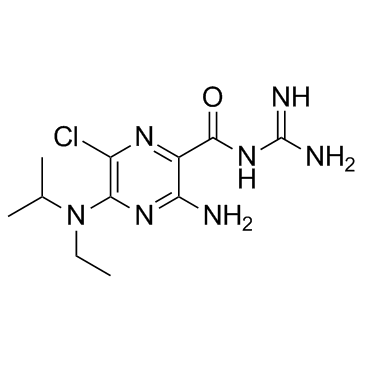 |
EIPA
CAS:1154-25-2 |
|
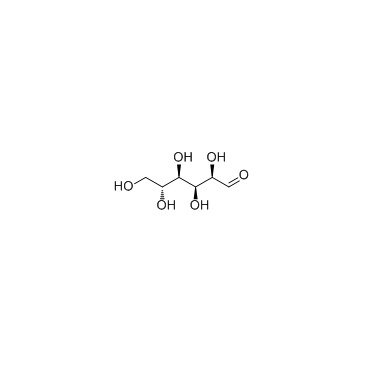 |
D-(+)-Glucose
CAS:50-99-7 |
|
 |
SODIUM CHLORIDE-35 CL
CAS:20510-55-8 |
|
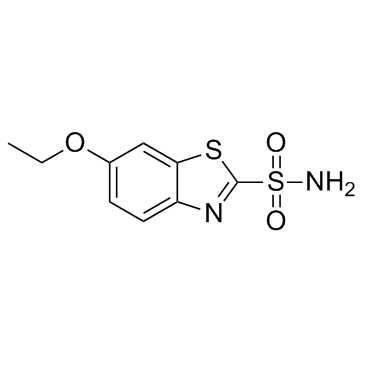 |
Ethoxzolamide
CAS:452-35-7 |
|
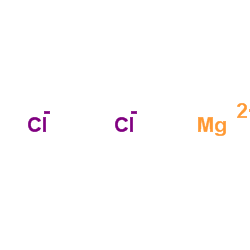 |
Magnesium choride
CAS:7786-30-3 |
|
 |
calcium chloride dihydrate
CAS:10035-04-8 |
|
 |
Tricaine methanesulfonate
CAS:886-86-2 |